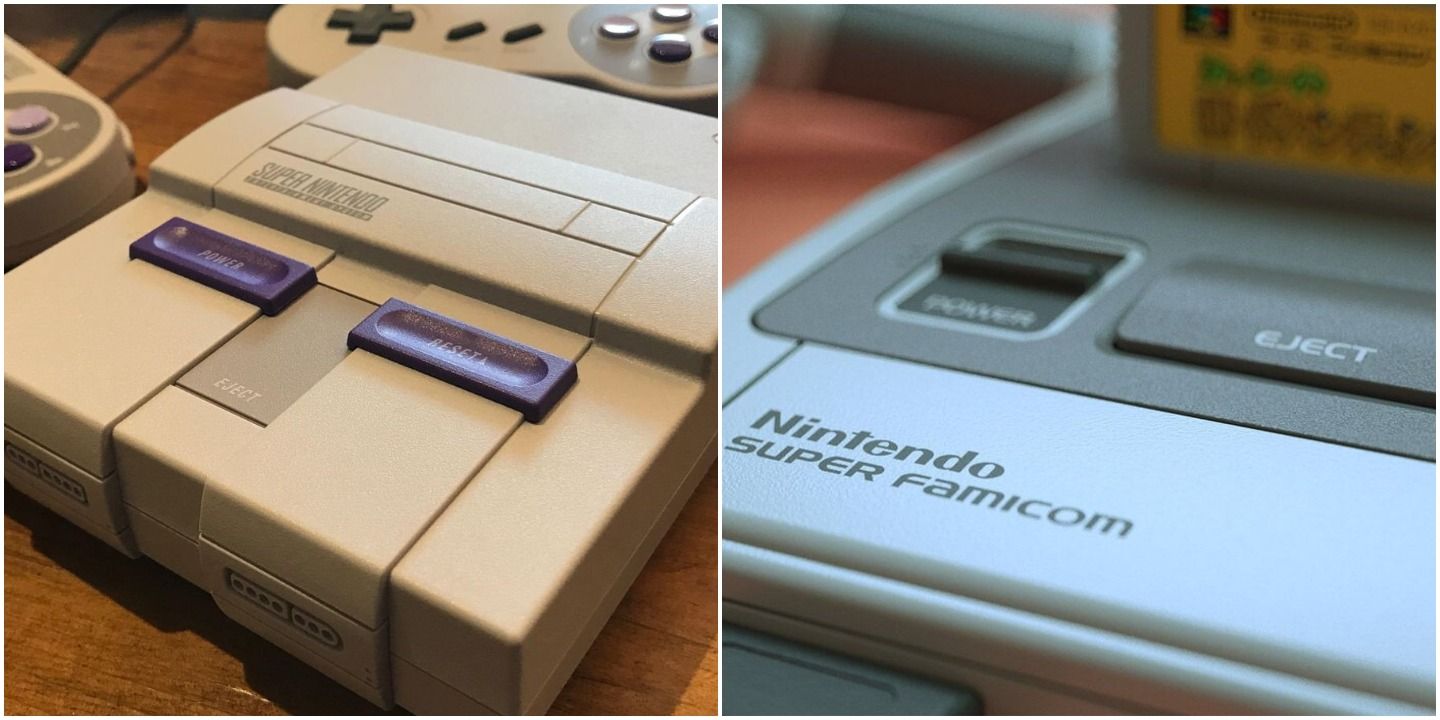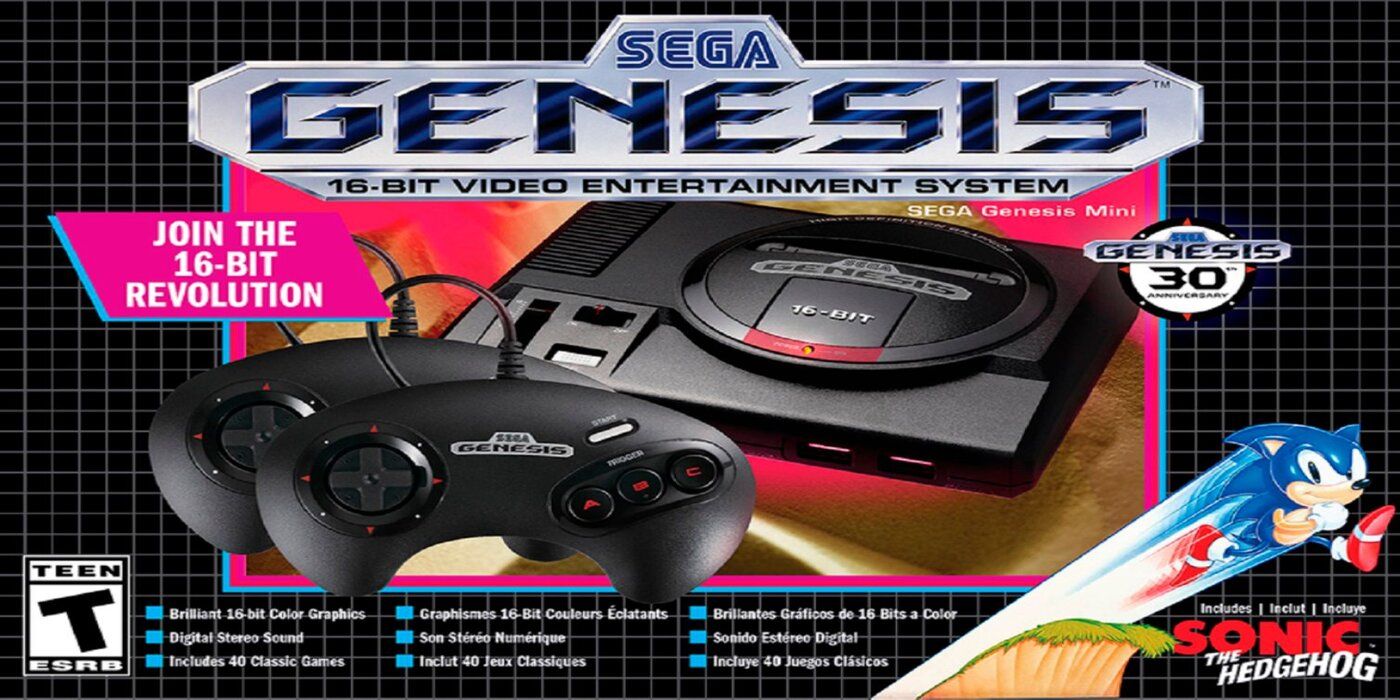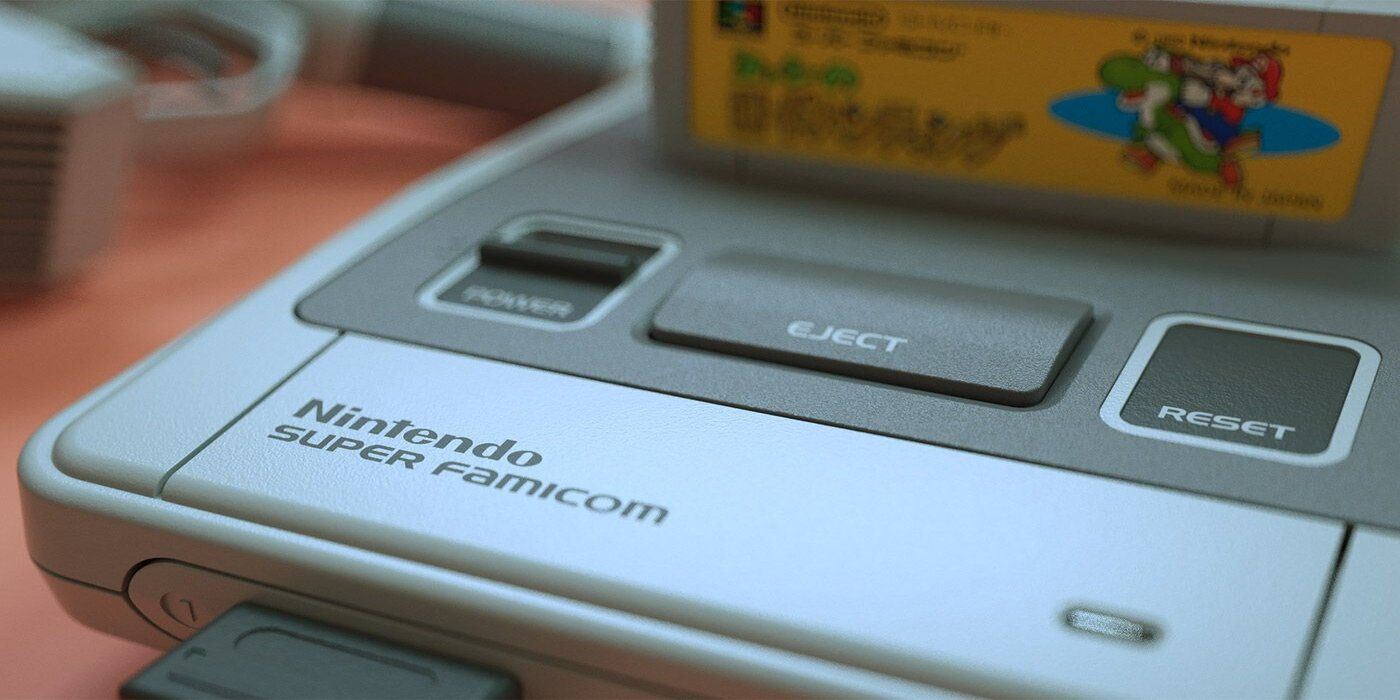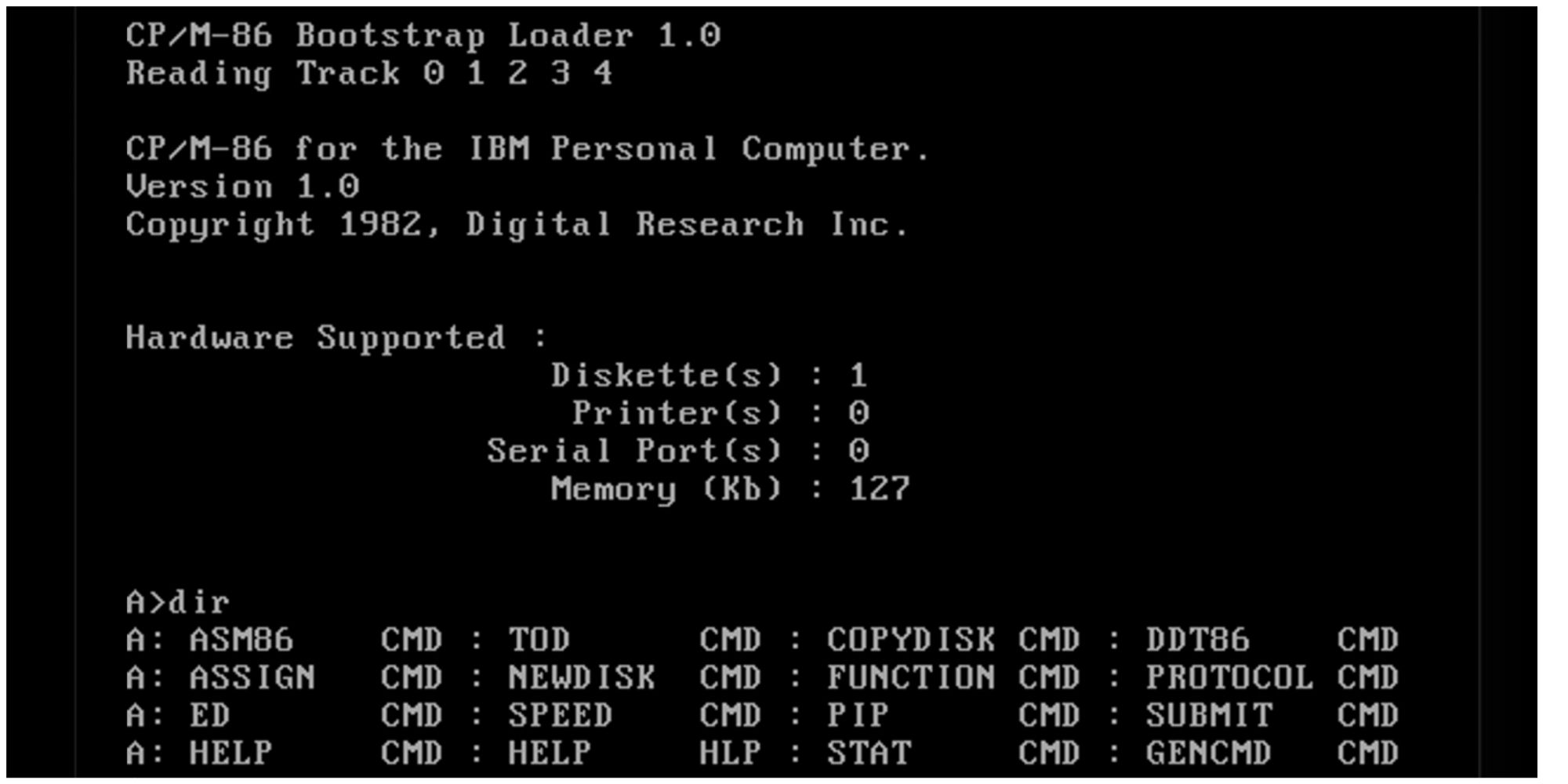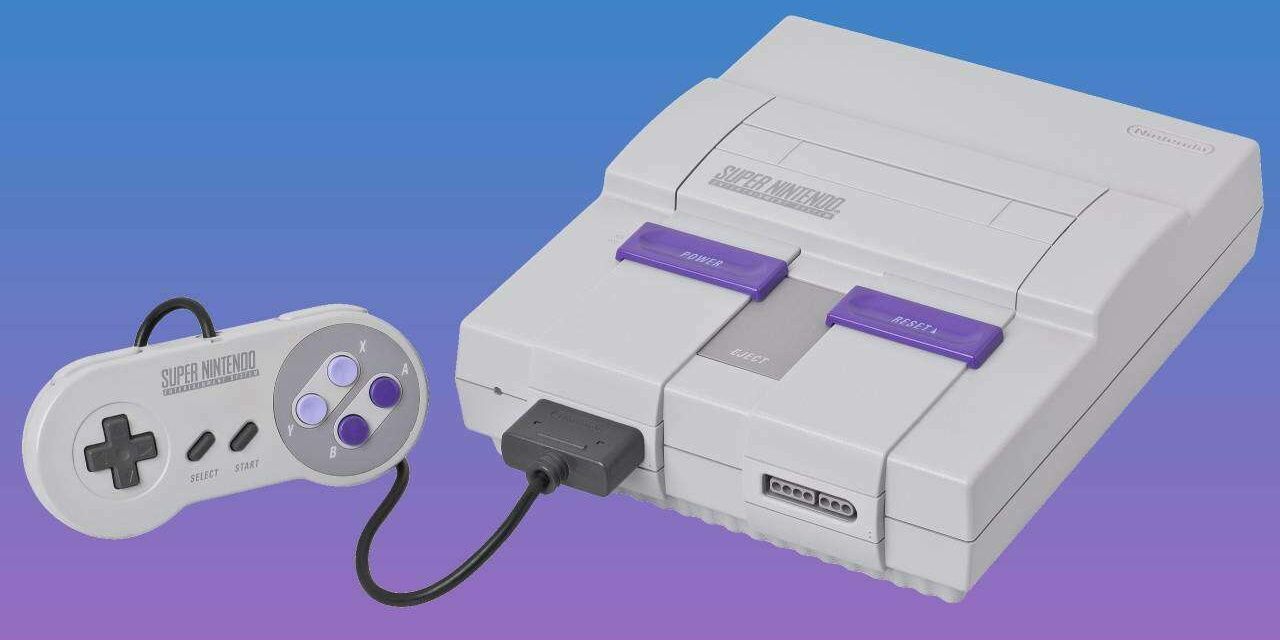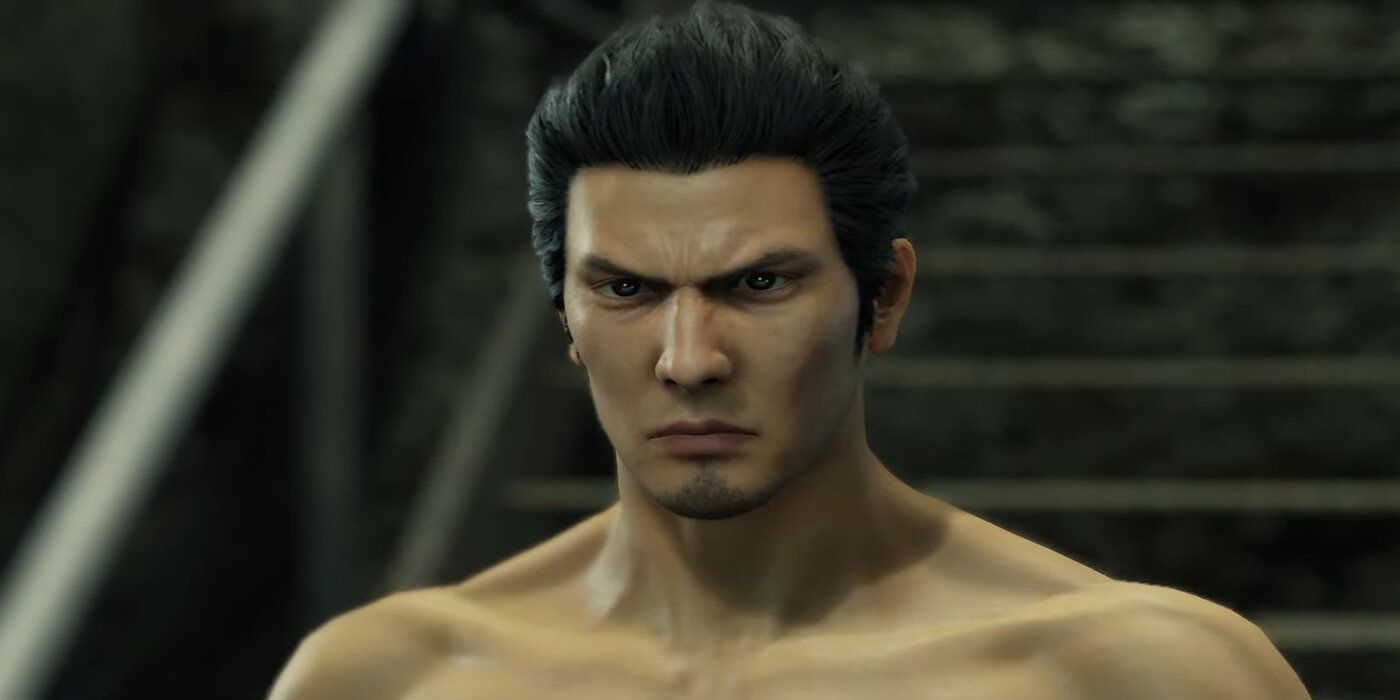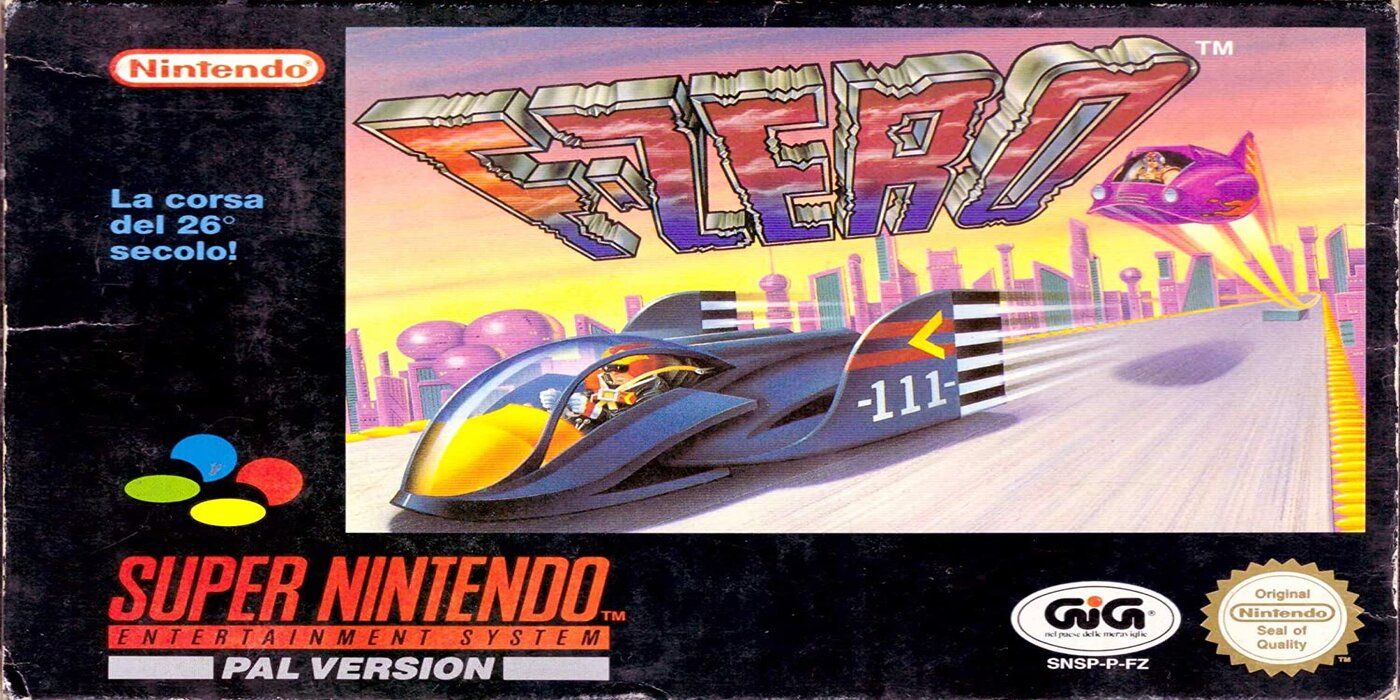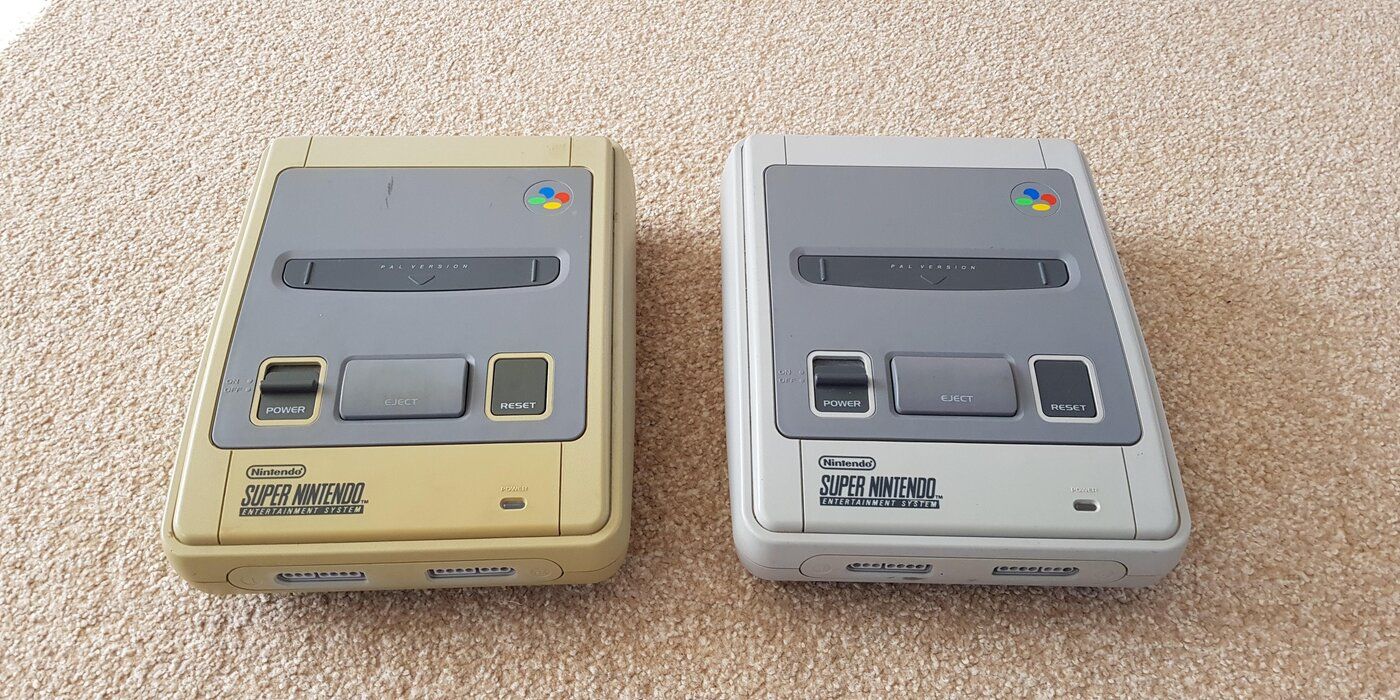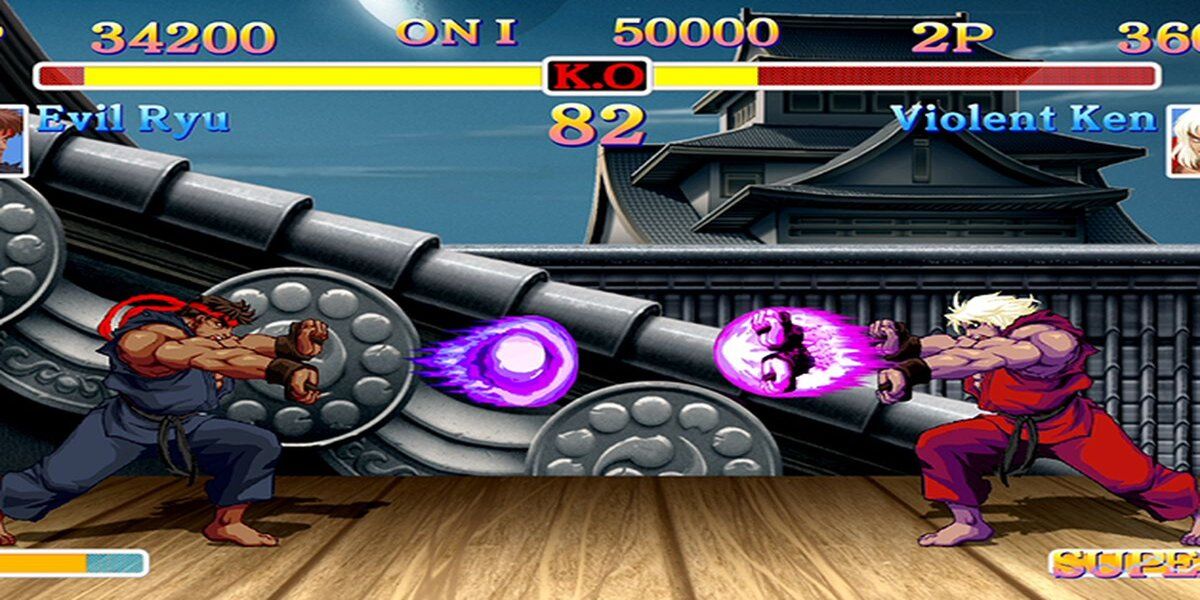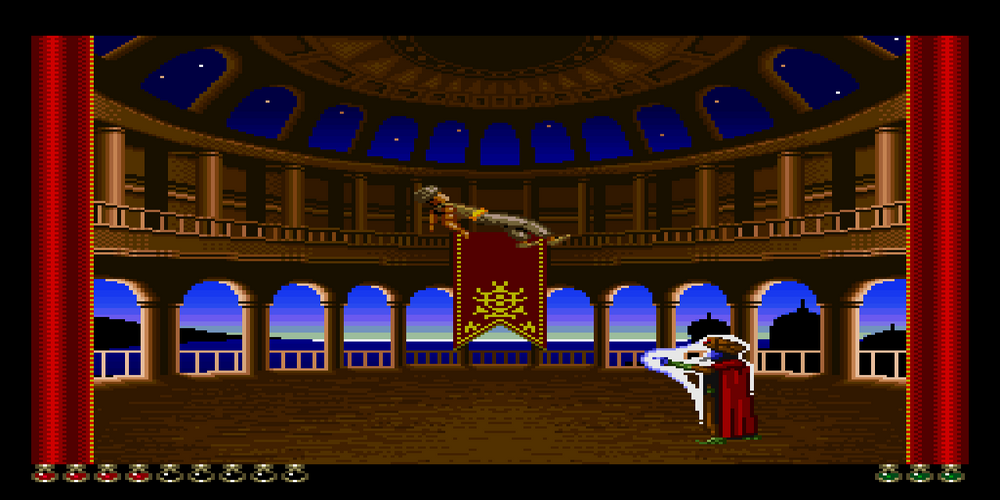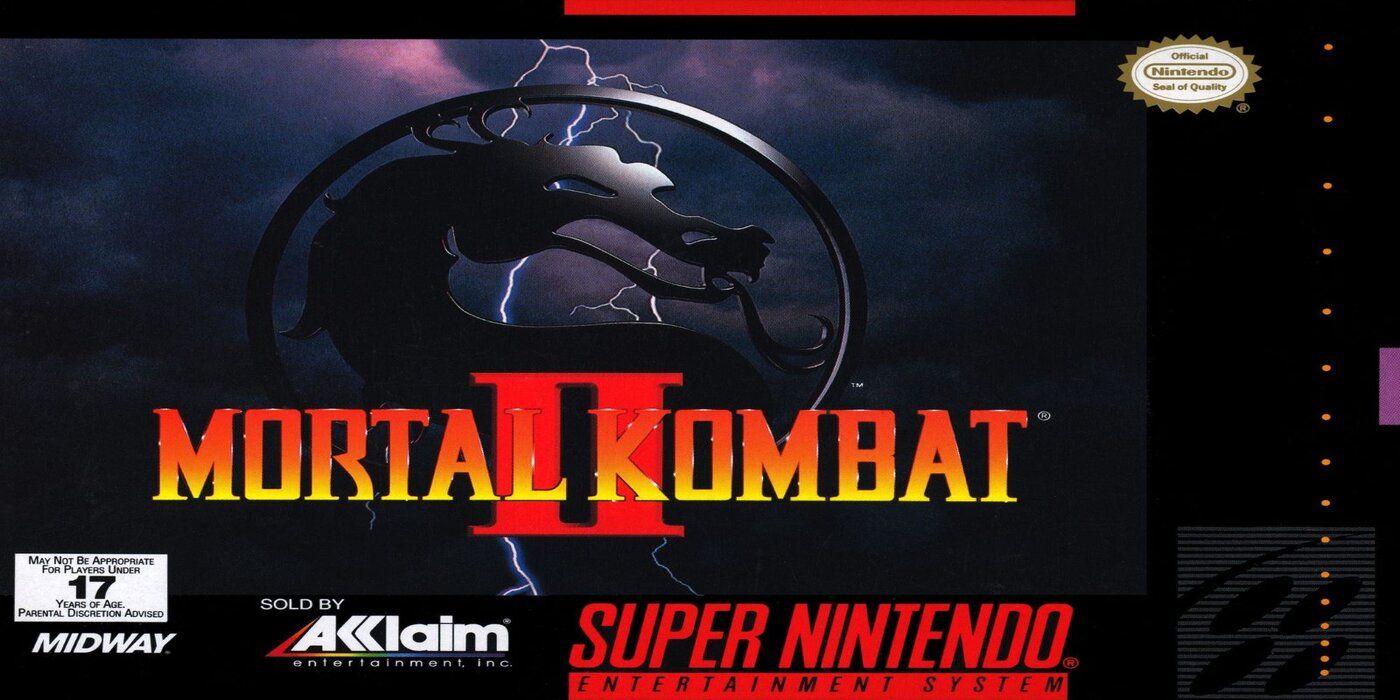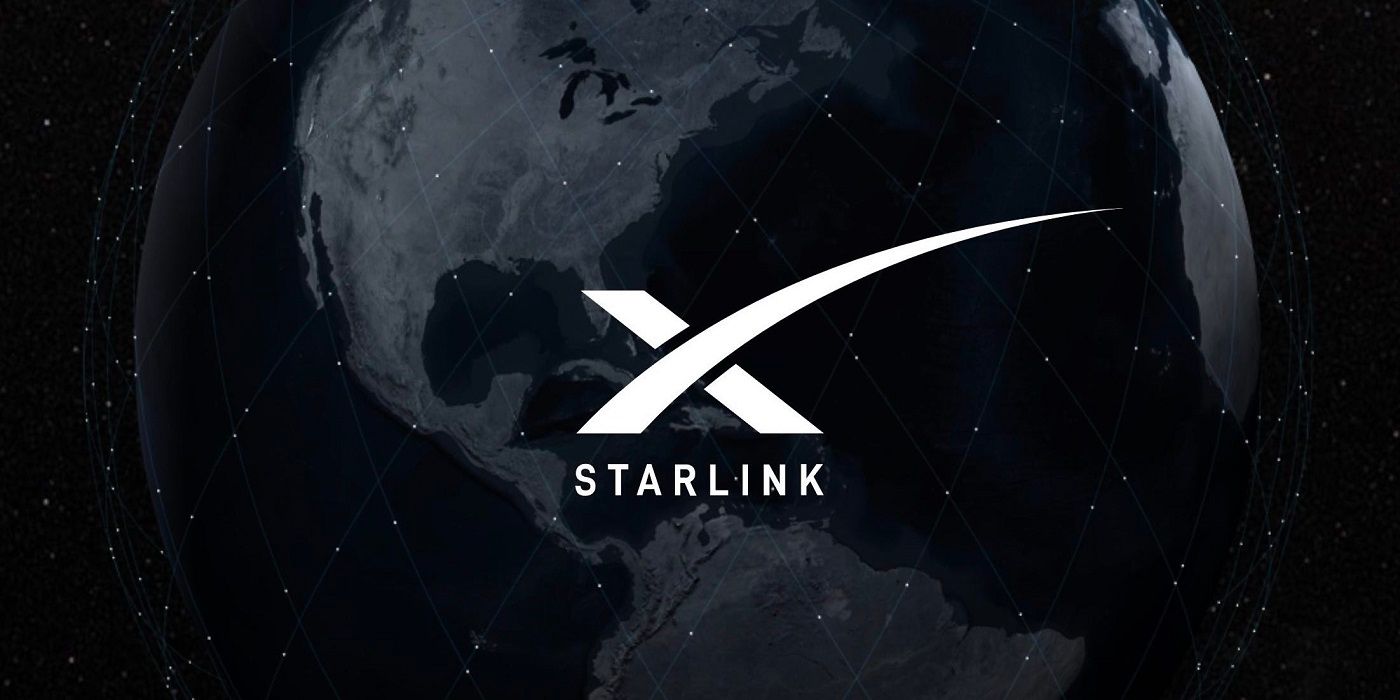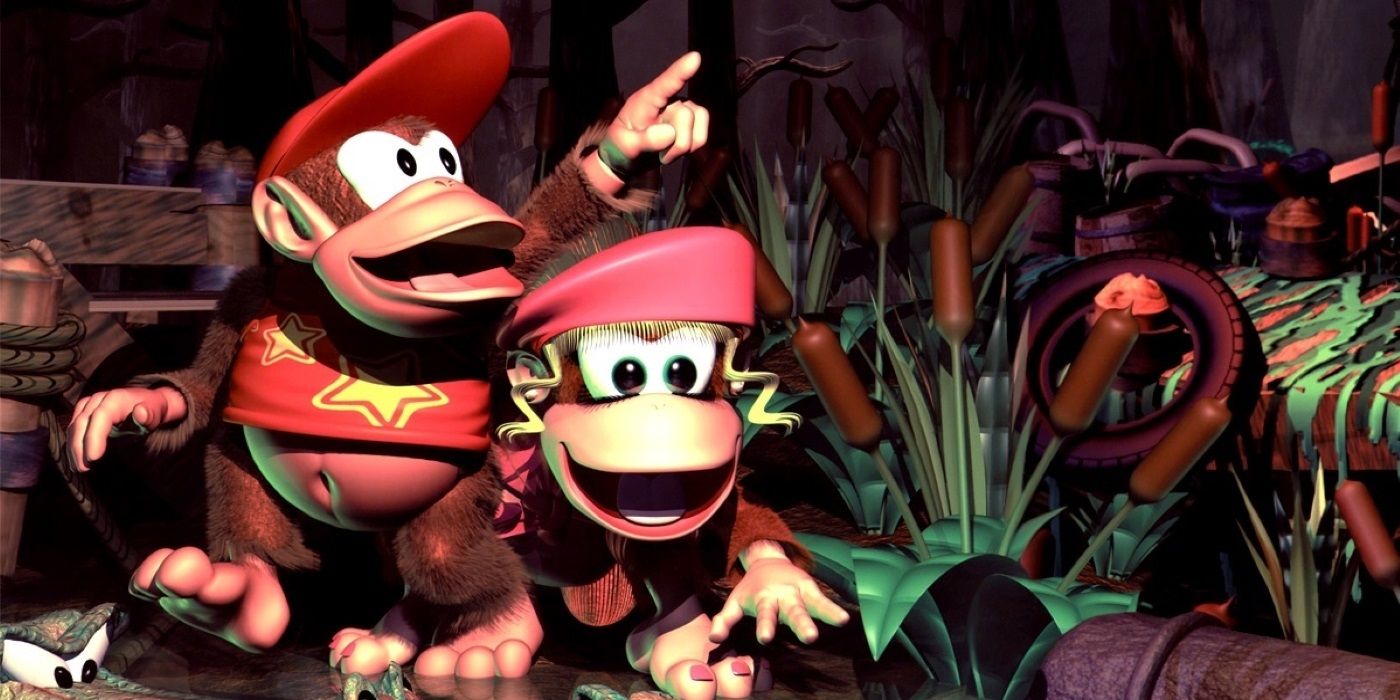Super Mario Kart, Donkey Kong Country, The Legend of Zelda, Yoshi's Island, Super Metroid, and F-Zero — these were all revolutionary games in their own right, and all games to be released on the Super Nintendo Entertainment System, undeniably one of the most important consoles (and general pieces of technology) ever released. The SNES is widely celebrated and fondly remembered for its extensive list of achievements.
The Super Nintendo's path to greatness is filled with many strange and interesting SNES facts, both in its development and release. Unfortunately, these moments often get overlooked today when considering the influence of the console as a whole.
Updated July 14, 2022, by Kristy Ambrose: Fans of the console keep uncovering more obscure details about the history of the SNES, and their devotion has lasted well beyond the time that the console stopped coming off the assembly line. It's still possible to buy one, however, and these days, gamers can take their pick from real antiques to reconstituted or rebuilt custom consoles along with foreign designs that weren't readily available decades ago.
13 Pushed By Sega
In the late '80s, home gaming was beginning to slowly grow in popularity. While still a far cry from the behemoth that the gaming market is today, the demand for home consoles was steadily increasing. At this time the most popular system was Nintendo's Family Computer, or as it is known in the West, the NES.
SEGA would release their more advanced 16-bit Genesis console as competition. Nintendo did not respond for several years. However, after they eventually began to lose market share, they realized they needed to build a new and superior machine.
12 Early Concepts
Nintendo's original concept for the SNES was quite on the mark and similar to the final product. The largest difference was the name change, with the concept title being the Nintendo Entertainment System 2.
Eventually, the company would drop the numbered distinction and switch to the more appealing and marketable name: Super Nintendo Entertainment System.
11 The Nintendo DOS
This isn't a Windows version of DOS that's been altered using an emulator, it's a SNES fact that an actual DOS prompt was included with some of the early Famicoms.
The first Nintendo systems were intended to have some of the capabilities of a home computer in its earliest design, and certain associated features carried over as late as the Japanese version of the SNES. The DOS prompt is a holdover from a time the Famicom had a disk drive or needed prompts to boot up certain games, like an old-school computer.
10 Launch Chaos
The launch of the Super Nintendo was, from a commercial and gaming perspective, incredibly successful. From other perspectives, however, there were problems.
The highly-anticipated release caused massive social disruption, pandemonium, and chaos. The upheaval was so severe that the Japanese government responded with a directive asking that new consoles be released strictly on weekends from that moment on.
9 A Unique North American Design
The designs of the SNES that people see in Europe, Oceania, or Asia look a lot more like the Famicom from Japan, but the ones in North America have a distinctive angular design. That isn't just a SNES fact or part of the regional lockout process, but part of a different marketing campaign.
An industrial designer by the name of Lance Barr, who had also made the original NES, designed the Super Nintendo Entertainment system for half the globe. A significant difference between the two was the curved design on the top of the new console to discourage players from using it as a flat surface for food and drinks.
8 Yakuza Interference
The Yakuza has become a pop culture icon in the West, producing cool movies, inspiring music, and even being the basis of an extremely popular video game series. This spotlight should not however take away from the fact that the Yakuza is still a very real, and very dangerous criminal organization operating in Japan.
This criminal problem became prevalent for Nintendo during their release of the SNES, with many Yakuza groups wanting to steal large shipments of the console. Because of this threat, Nintendo had to only move the product shipments at night and under heavy secrecy.
7 Launch Titles With Specific Gameplay Mechanics
It's a SNES fact Super Mario World, F-Zero, Pilot Wings, SimCity, and Gradius III were the launch titles released alongside the Super Nintendo.
Looking back now these are considered some of the greatest games ever released. However, great reviews were not Nintendo's only goal. These specific titles were chosen for launch as they particularly demonstrated the SNES's pseudo-3D rendering capabilities, showing consumers the flagship feature of their new console.
6 The Yellowing
Almost as iconic as blowing into game cartridges to fix any bugs, the SNES slowly turning yellow was a common problem. Many gamers noticed this and felt it was a cause for concern. The reason behind this amounted to cost-cutting decisions.
While Nintendo did not spare any dimes when it came to the actual hardware of the system, they had to save in other avenues. As such the company picked a cheaper plastic that was prone to yellowing following UV light exposure.
5 Street Fighter II
The defining moment of the legendary console war between Sega and Nintendo (and the one that would secure Nintendo's victory_ was related to a fighting game. Specifically, Street Fighter II, for which Nintendo was able to secure a distribution agreement 1 year ahead of SEGA.
The home conversion of this popular arcade game brought many players over to the SNES, and the console would maintain its position through even more popular releases.
4 Strict Censorship Policy
Nintendo has become infamous for its historically strict game release standards. They exist to ensure that the games released on their consoles do not tarnish the console's image and reputation itself.
These standards were especially strict during the SNES era, with many game producers having to find workarounds to release their games on the console. This was especially difficult with Nintendo of America, which added even heavier standards censoring violence and other graphic content.
3 The ESRB & Nintendo
While Nintendo of America held itself to very high decency standards and censored much of the violence and graphic content in its game releases, SEGA had the opposite policy. Marketing itself as the mature console, game releases would go uncensored on the Genesis, which began to cause political and social controversy. Following the release of Mortal Kombat, the Senate of the United States investigated violent video games and their effect on children.
These hearings resulted in the creation of the Entertainment Software Rating Board, or the ESRB. These new government regulations would ironically lead to Nintendo abandoning its strict decency standards as the age-based rating system would serve as a protection against consumer complaints of excessive graphic content.
2 Satellite Internet Capable
It's an idea that was far ahead of its time, which is one of the reasons it never really got past the experimental prototype stage in Japan. It's true, however, that an early version of satellite internet was integrated with some designs of the SNES.
Nintendo had purchased a stake in St.GIGA, a company that had developed and launched an early satellite entertainment system. The drawback to this was that the line was shared with telephone and television lines, so users could only access the downloadable games in a very limited window of time, which is the main reason the system never made it out of Japan.
1 Generational Hold Out And Successor
The Super Nintendo was a stubborn console. While most other companies were switching to 32-bit models, Nintendo would stick with its 16-bit flagship for many years. Near the end of the console's lifespan, it was able to render 3D-based games nearly as well as its 32-bit counterparts, with the most notable being Donkey Kong Country.
When Nintendo did finally decide to shelf the current model and introduce a new generation, it did so in a big way. The Nintendo 64, considered one of the most advanced consumer technologies of its time, would be the successor of the SNES. 20 some odd years later, Nintendo is still a major console giant to this day.

